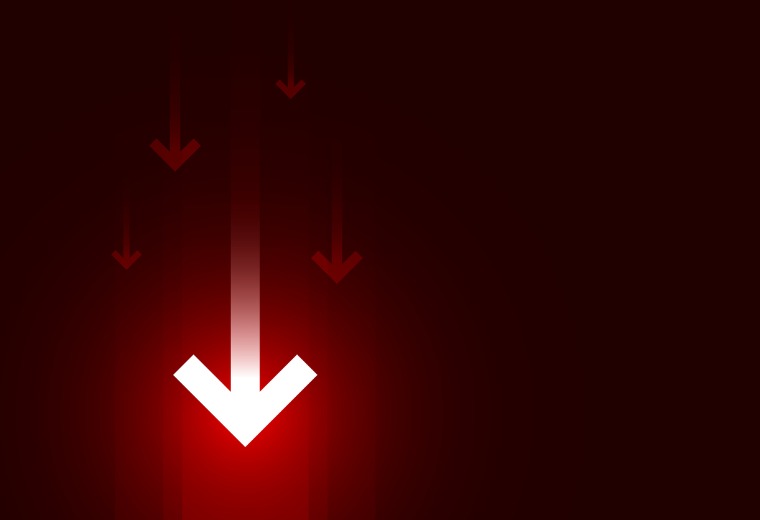In This Article:
May's Consumer Price Index (CPI) report showed inflation pressures eased on a monthly basis despite investor concerns that President Trump's tariffs would accelerate the pace of price increases.
The latest data from the Bureau of Labor Statistics showed that the Consumer Price Index (CPI) increased 0.1% month over month, below April’s 0.2% rise and lower than economists' estimates of a 0.2% monthly gain in prices.
On an annual basis, CPI rose 2.4% in May, a slight uptick from April's 2.3% gain, which marked the lowest yearly increase since February 2021.
On a "core" basis, which excludes volatile food and energy costs, CPI rose 2.8% over the past year in May, matching April. Monthly core prices increased 0.1%, a touch below April's 0.2% gain. Heading into the report, economists had expected core CPI to rise 2.9% year over year and 0.3% month over month.
Read more: What is inflation, and how does it affect you?
Declines in car and apparel prices — categories expected to show some of the earliest impacts from tariffs — helped drive a cooler-than-expected core CPI reading last month.
"We're not really seeing much of the pass-through, if some at all, from the tariffs," RSM chief economist Joe Brusuelas told Yahoo Finance, noting the 0.3% decline in prices for new vehicles and the 0.5% drop in used cars and trucks.
"That really did provide the much softer print than I expected or many analysts. ... But don't get too comfortable. When [companies] hike prices by 10% to 15%, it gets passed through eventually."
The report reflects the time period about a month after Trump's "Liberation Day" tariff announcements shook markets and businesses. Since then, many of those "reciprocal" tariffs have been paused, but the 10% baseline duties for most countries remain in place.
Read more: Does the president control inflation?
Mexico and Canada continue to face fentanyl-related tariffs, and industry-specific tariffs on steel, aluminum, and autos remain unchanged. Tariffs on China are still significant even as a truce temporarily pauses big hikes, with the effective tariff rate on Chinese goods hovering around 30%.
Early Wednesday, the US and China agreed to a framework and implementation plan aimed at easing tariff and trade tensions. President Trump signaled his approval, saying the deal was "done," pending final sign-off from him and Chinese President Xi Jinping.
Still, economists there say the risk of higher prices later this year remains, a view shared by many on Wall Street.














